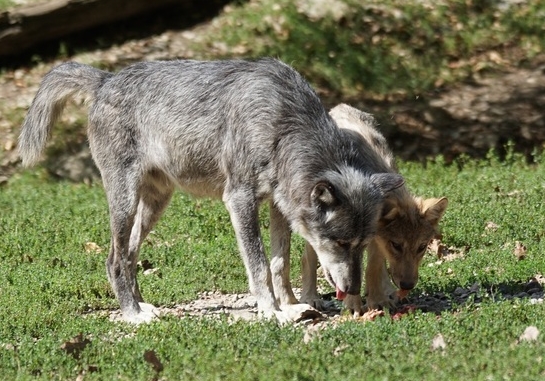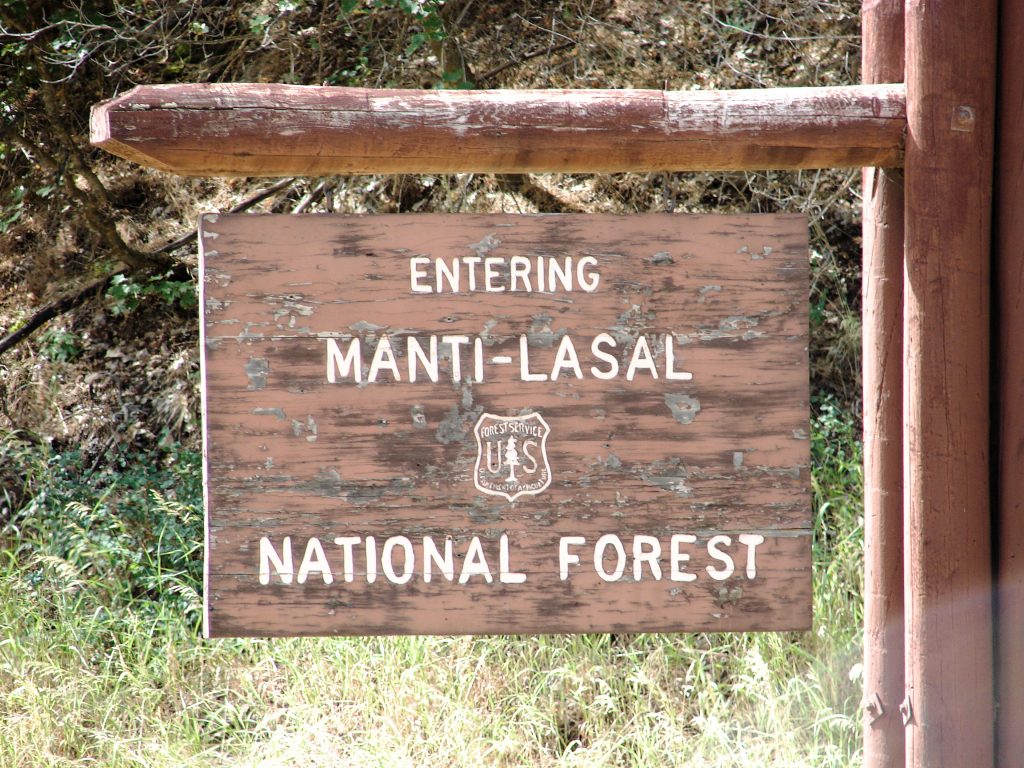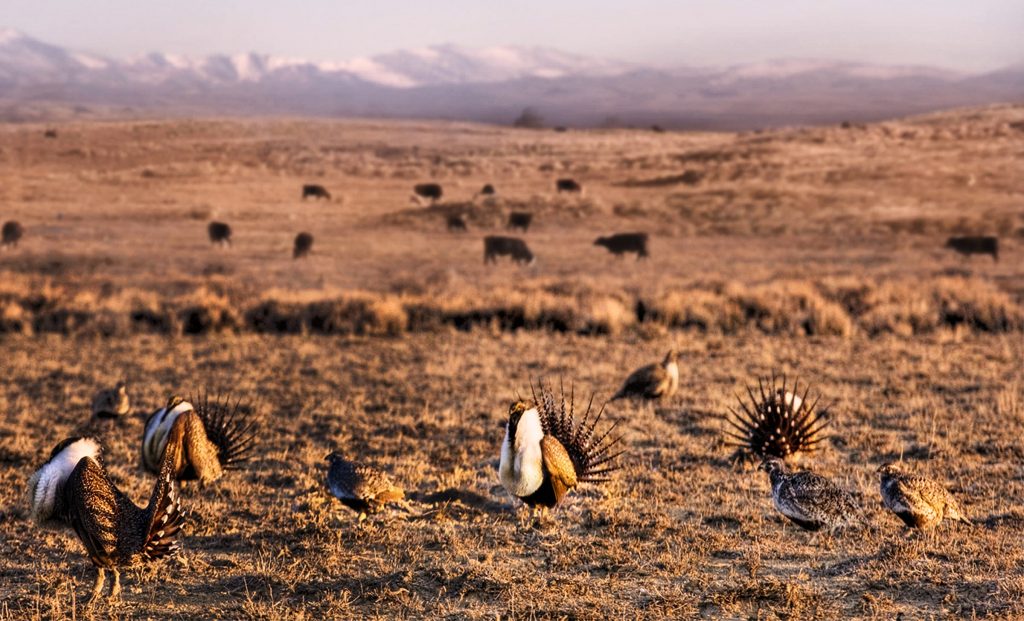Washington Department of Fish & Wildlife confirmed the Smackout pack had attacked a calf, the second confirmed depredation by that pack since Sept. 21. WDFW investigators also say the pack probably attacked another calf, but they were unable to confirm the depredation was by wolves.
WDFW shoots another wolf; livestock depredations continue
It’s the seventh wolf from the pack killed since the pack was slated for removal for repeatedly preying on livestock.
Based on recent tracks, WDFW believes the pack still has one adult female and three pups surviving. The department said it will continue to hunt for the rest of the pack.
In an email, WDFW wolf policy lead Donny Martorello noted that the pack continues to attack livestock, with the most recent depredation confirmed this week.
“Given this pattern, we do not believe we have achieved the goal of stopping depredations in the near future,” he said in an email.
WDFW has confirmed the pack has attacked nine cattle in the Colville National Forest in northeastern Washington since July 8. Investigators have identified the pack as “probably responsible for five more depredations.
The wolf killed Thursday was a male. It was shot from a helicopter, Martorello said.
Previously, WDFW shot two adult females on Aug. 5, one adult female Aug. 21, and two adult males and one female pup Aug. 22.
“The department’s removal operation is continuing, but as I’ve indicated before, we recognize full pack removal will be extremely challenging, given the rugged and heavily timbered landscape in the area and the wolves’ extensive range,” Martorello said.
Also Thursday, WDFW confirmed the Smackout pack had attacked a calf, the second confirmed depredation by that pack since Sept. 21. WDFW investigators also say the pack probably attacked another calf, but they were unable to confirm the depredation was by wolves.
WDFW’s policy calls for the department to consider lethal removal of wolves after four confirmed depredations in a year.
The Smackout pack’s territory straddles Stevens and Pend Oreille counties in northeastern Washington, where most of the state’s wolves live.




